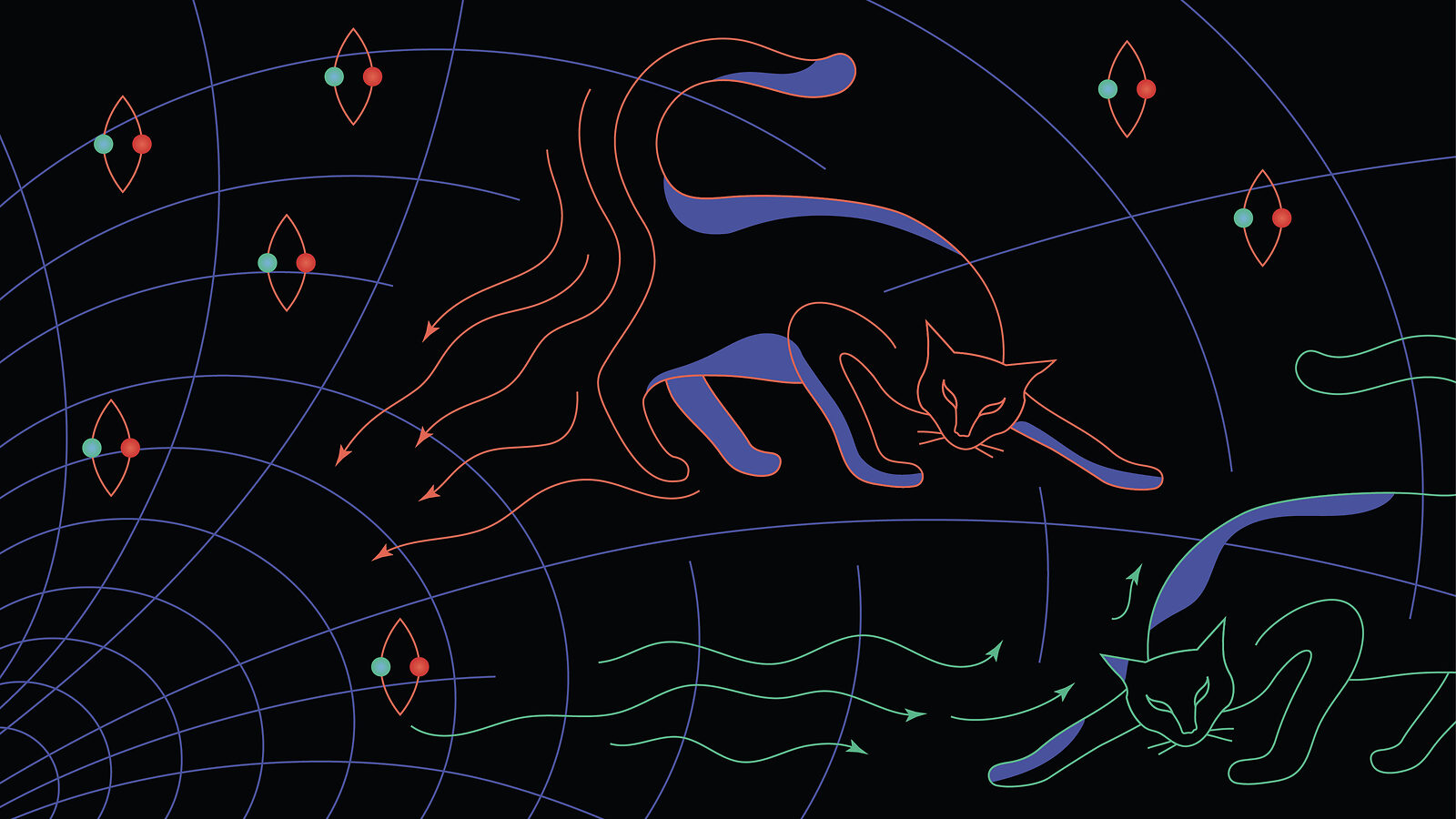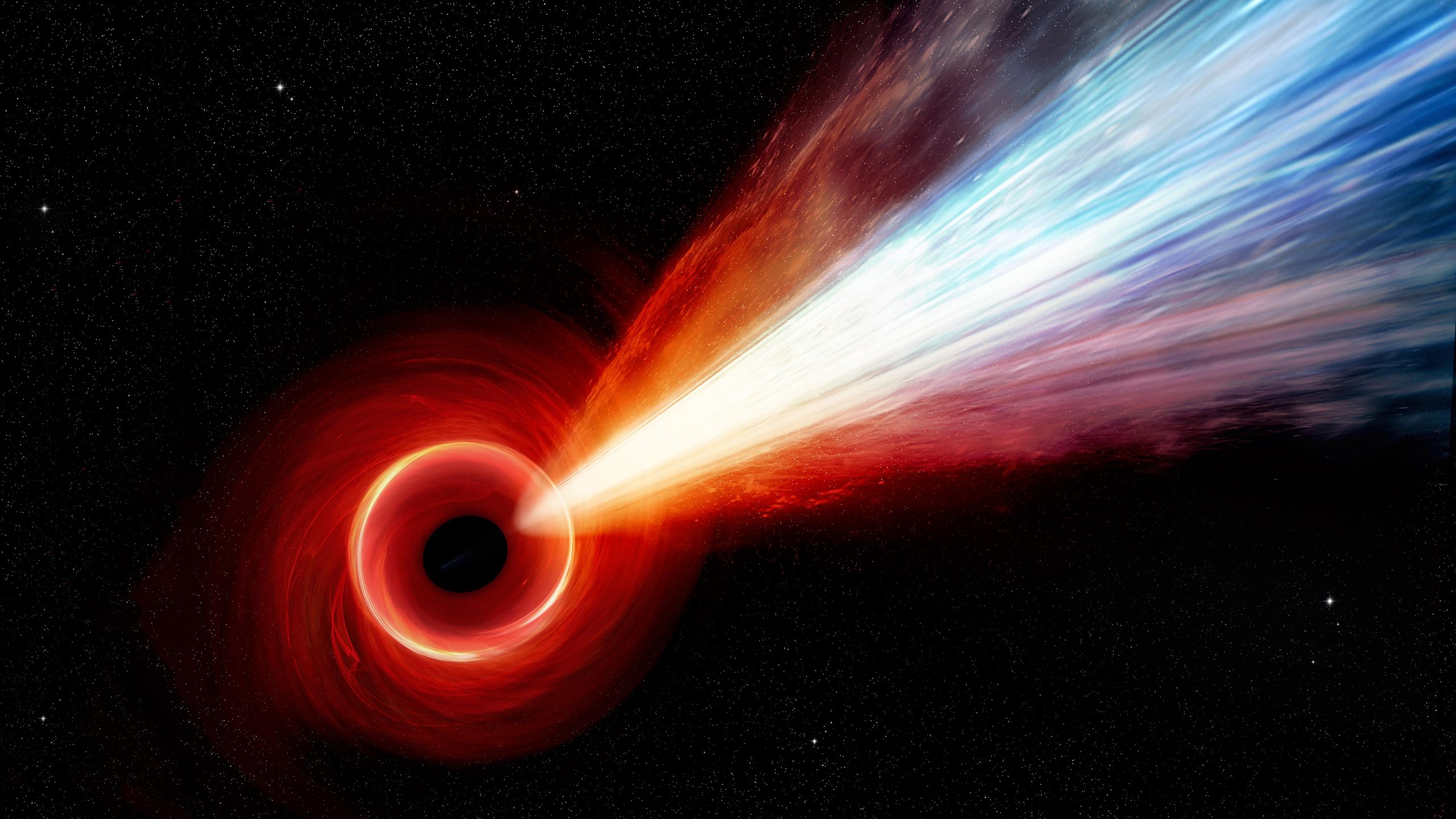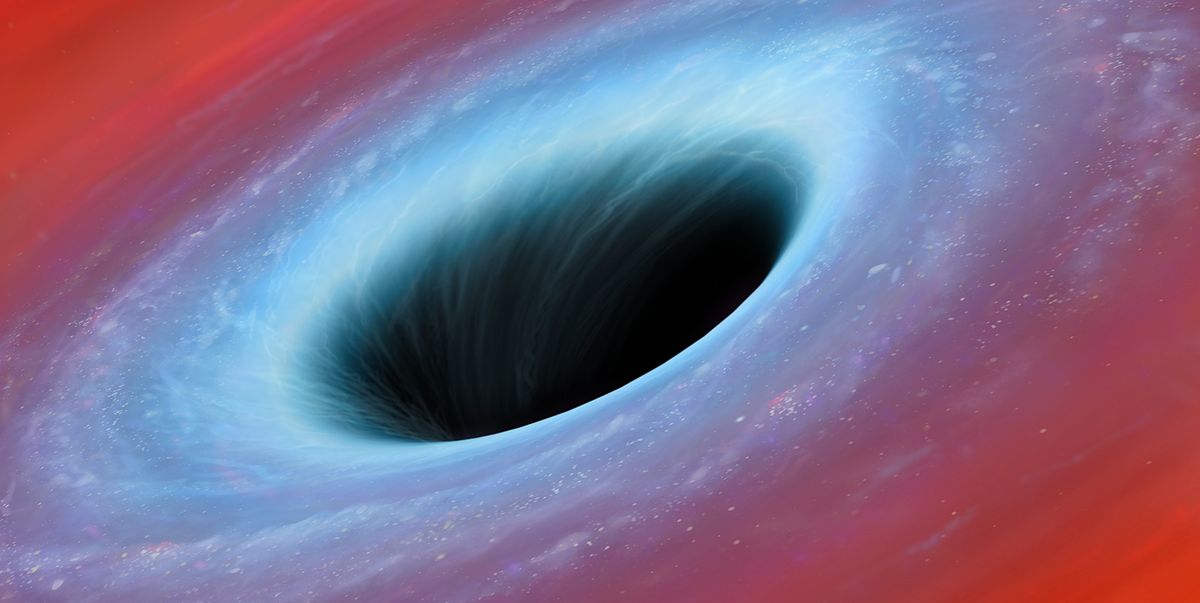
If there’s one misconception people have about black holes, it’s that nothing ever escapes them. As physicist Stephen Hawking and colleagues showed back in the 1970s, black holes actually emit a faint glow of light.
There’s a funny consequence to this glow: It carries energy away from the black hole. Eventually this drip, drip, drip of radiation drains a black hole completely and causes it to disappear. All that remains is the light.
Quite a lot has been going on:
What Are Black Holes? | New Study May Reveal Their True Nature
At infinitely small singularities, the laws of physics break down. That’s when two seemingly opposing fields of physics—quantum mechanics (describing the super tiny) and general relativity (describing the very large)—come face to face with each other. By studying the nature of black holes, researchers hope to combine the two fields into a unified theory of quantum gravity.
The problem? The singularity appears to be physically impossible, because matter isn’t capable of collapsing into an infinitely small point.
Record-Breaking Jet of Particles Spied From a Supermassive Black Hole in the Early Universe

Chandra data may have revealed the most distant known supermassive black hole with an X-ray jet. The source of this jet is a quasar (a rapidly growing black hole) at the center of a young galaxy about 12.7 billion light years from Earth. The first panel is an artist’s illustration of a close-up view of a quasar and its jet, like the one in PJ352-52.
If confirmed, it would be the most distant supermassive black hole with a jet detected in X-rays, coming from a galaxy about 12.7 billion light years from Earth. It may help explain how the biggest black holes formed at a very early time in the Universe’s history.
Scientists discover black hole racing through space - but can't explain why | The Independent

Astronomers have detected a supermassive black hole moving through space , but do not yet know what is propelling it through the cosmos .
Black holes usually remain fairly static. "We don't expect the majority of supermassive black holes to be moving; they're usually content to just sit around," Dominic Pesce, an astronomer at the Center for Astrophysics | Harvard & Smithsonian, said.
"They're just so heavy that it's tough to get them going. Consider how much more difficult it is to kick a bowling ball into motion than it is to kick a soccer ball — realizing that in this case, the 'bowling ball' is several million times the mass of our Sun. That's going to require a pretty mighty kick."
Not to change the topic here:
Watch Griff deliver dramatic performance of breakout single 'Black Hole'

Griff gave her debut US TV appearance this week with a dramatic performance of recent single ‘Black Hole’ on Late Night With Seth Meyers .
The track, released in January, is the lead single from Griff’s newly announced debut mixtape ‘One Foot In Front Of The Other’, which will be released on June 11.
* * *
The majority of the new mixtape will be self-produced. “I heard a stat that 2 per cent of music producers are women,” Griff continued, “and so it feels important that as a young female in the music industry I should empower myself and continue to properly do it. It was challenging, but I hope in doing so ‘One Foot In Front Of The Other’ feels like a raw, emotional and unpolished body of work."
How do supermassive black holes grow so large? | Astronomy.com
In 2017, astronomers started finding monster black holes in the very early universe. Containing roughly a billion times the mass of our Sun, these black holes were surrounded by disks of infalling matter shining so intensely that we can detect them across immense stretches of space and time.
These gravitational giants existed when the universe was only 700 million years old, or 5 percent its current age. At that point in cosmic history, the universe was still a toddler. Gravity was just beginning to rein in clouds of gas and dark matter to form structures that would later evolve into mature spiral and elliptical galaxies. Stars were beginning to pop into being, but they existed in far fewer numbers than they do today.
Piercing Through a Galaxy's Dusty Core to Uncover the Secrets of an Active Supermassive Black Hole

Centaurus A sports a warped central disk of gas and dust, which is evidence of a past collision and merger with another galaxy. It also has an active galactic nucleus that periodically emits jets. It is the fifth brightest galaxy in the sky and only about 13 million light-years away from Earth, making it an ideal target to study an active galactic nucleus – a supermassive black hole emitting jets and winds – with NASA’s upcoming James Webb Space Telescope.
Centaurus A is a giant of a galaxy, but its appearances in telescope observations can be deceiving. Dark dust lanes and young blue star clusters, which crisscross its central region, are apparent in ultraviolet, visible, and near-infrared light, painting a fairly subdued landscape.
Covid-19 Vaccine Recipients Face Injury Payment 'Black Hole'

About 20 people have filed Covid-19 vaccine-related petitions with the HHS's Countermeasures Injury Compensation Program (CICP) between January 2020 and Feb. 16, 2021, according to a Freedom of Information Act document obtained by Bloomberg Law. Roughly 58 million vaccine doses were administered in the U.S. within that timeline , starting in mid-December.
Attorneys expect that for those who have filed petitions, payouts will be few and far between. In a nearly 10-year period , less than 40 of 446 claims filed for injuries from vaccines used in other emergencies, like H1N1 and smallpox, were eligible for compensation, according to data revealed through a separate FOIA request. Federal data show 5% of filed claims have been compensated as of March 1.

No comments:
Post a Comment